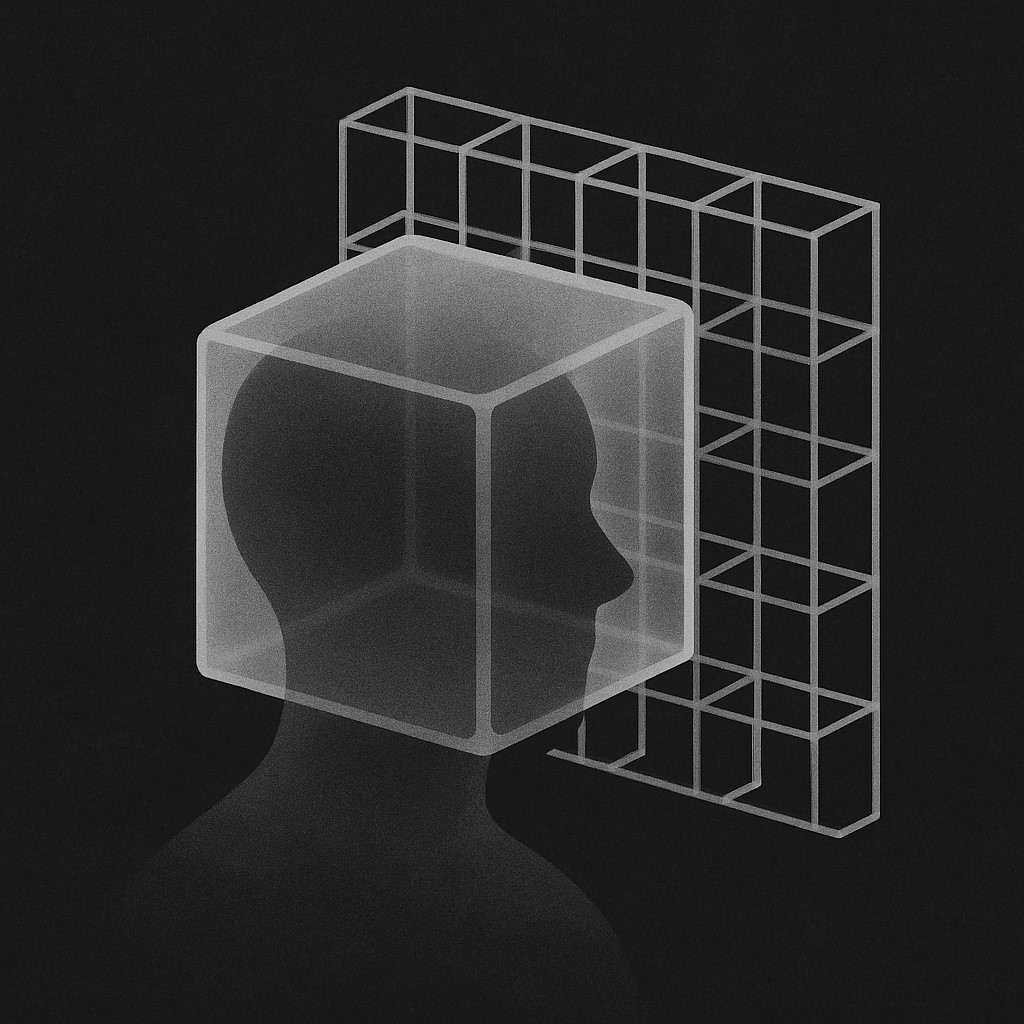
AI is smart.
But it doesn’t remember.
This isn’t just a weakness—
it’s a structural limitation.
I hate saying the same thing twice.
So I build systems.
Once I explain something,
I want it turned into a structure
that can run without me.
That’s how I’ve always worked.
But GPT—
it listens well,
but doesn’t remember what I say.
I explain something once,
and I have to explain it again.
If the session resets,
everything vanishes.
Even in the same chat,
context falls apart if it stretches too long.
That’s when I realized:
This isn’t an assistant.
An assistant shouldn’t ask me again
what I already said.
GPT became a tool that required memory.
Not one that removed repetition—
but one that created a new kind of repetition.
At one point,
I thought maybe it could build up a history of my work
and gradually understand me.
But that was just a hope.
A tool that forgets everything
can’t really support you.
It just talks.
And I don’t like tools
that talk too much.
So I changed how I used it.
I stopped expecting it to remember.
I defined it instead as
“a tool that doesn’t remember.”
Once I made that clear,
everything became easier.
I stopped depending on GPT’s memory,
and started designing the memory myself.
- I saved prompts.
- I built templates.
- I framed each conversation like a one-time script.
- I stopped talking,
and started instructing.
That’s when GPT
started behaving reliably.
GPT doesn’t remember me.
But I can make it remember—
through structure.
That’s the difference.
AI may be smart,
but the structure I give it
matters more than its intelligence.
Even now,
I don’t call it an assistant.
But when it comes to handling fragmented tasks,
this tool is faster and cleaner than anything else.
That’s all I need.
That’s all I use.
